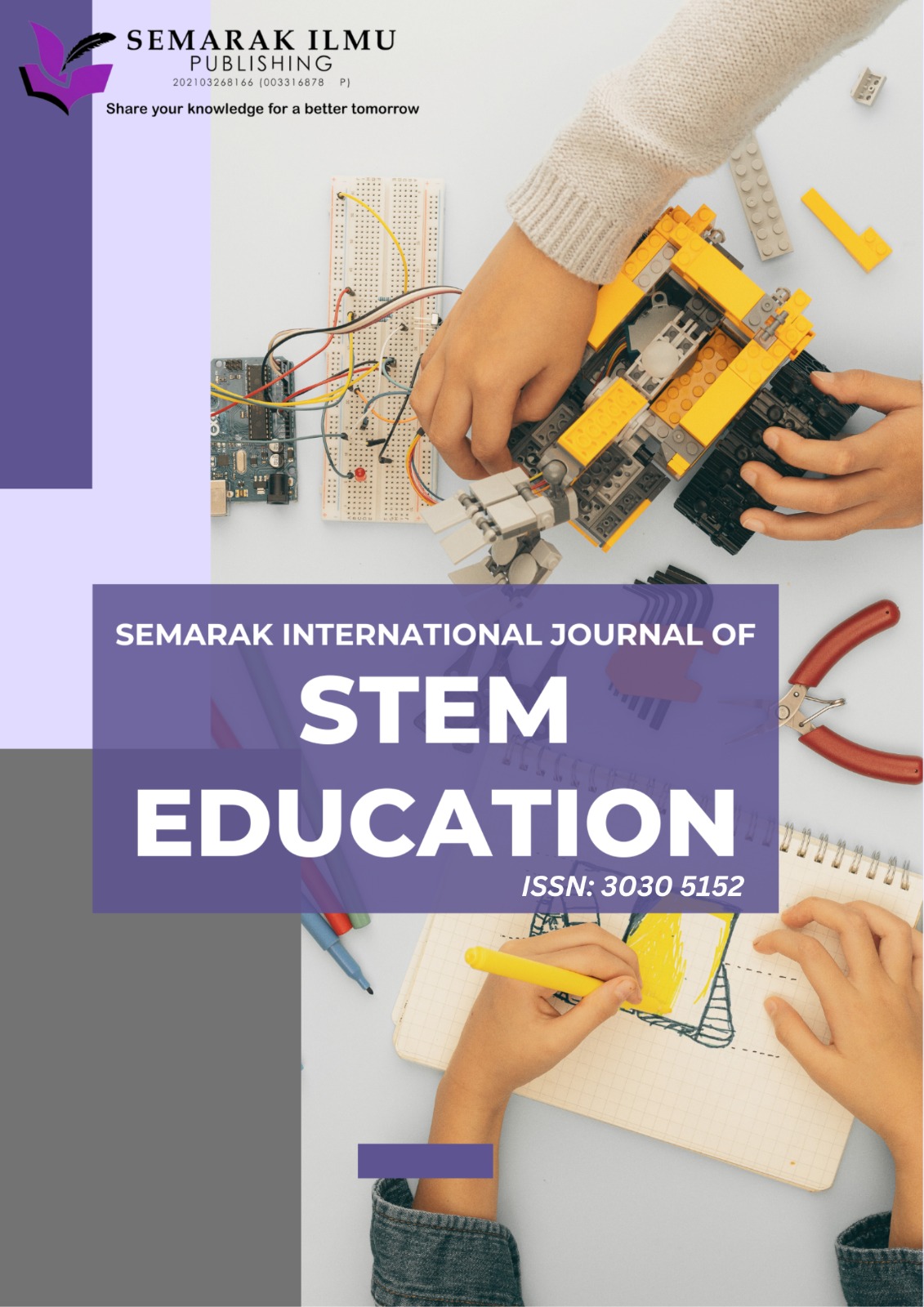Exploring the Impact of TikTok Blended Learning on Mathematics Performance: A Hypothesis Approach
DOI:
https://doi.org/10.37934/sijste.2.1.16Keywords:
Hypothesis testing, R code, TikTok blended learning, mathematics performance, hypothesis testingAbstract
Studying engineering at the university level necessitates a strong foundation in mathematics. However, the diverse mathematical backgrounds of enrolled students pose challenges to educators in higher education. To address this issue, utilizing technology and visual representations alongside various examples can enhance understanding for students with different learning preferences. Therefore, this study aimed to examine the difference in mathematics final examination scores between students engaged in TikTok blended learning and those in traditional non-blended learning environments. Hypothesis testing and z-test were employed to analyze the mathematics performance. The R software code was included to prove the hypothesis testing. The result showed that students who practised TikTok blended learning performed better than students who were in the non-blended learning environments in mathematics subject of engineering technology in final examinations.
Downloads










